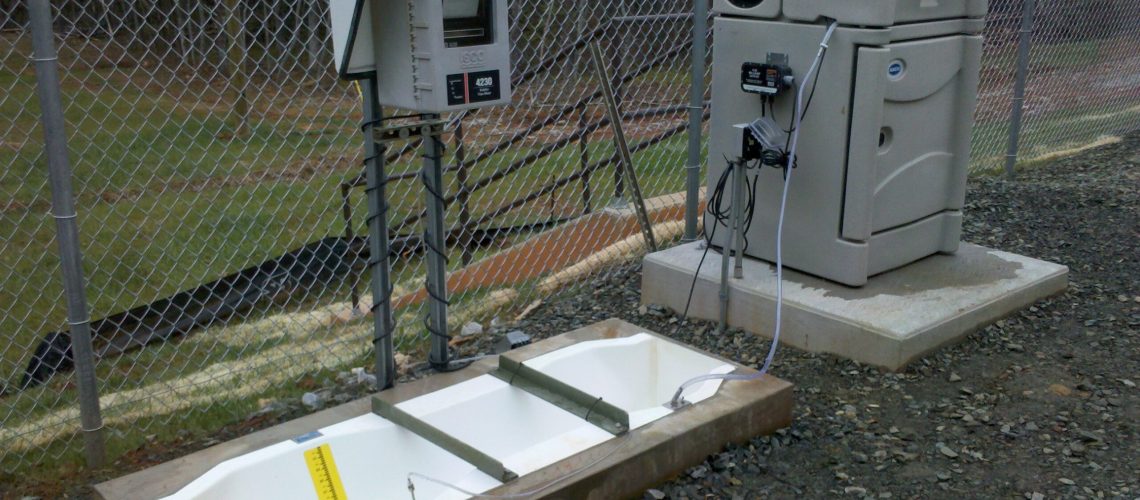Trapezoidal flumes were originally created to optimize
open channel flow measurement in irrigation channels, but you’ll find that they’re incredibly effective when set up in ditches as well. That makes measuring ditch runoff easier than ever before, with the Trapezoidal flume design lending itself handily to the endeavor. Learn why you should use Trapezoidal flumes for ditch runoff.
Easy Adaptation
Even though Trapezoidal flumes were designed for irrigation channels, it’s easy to adapt them to ditches, thanks to their convenient V-shaped cross section. Getting flow in and out of the flume doesn’t require all that much transition, and the floor channel also doesn’t require much modification to make a Trapezoidal flume fit. Specifically, fewer floor modifications are required for Trapezoidal flumes when compared to popular flumes like the Parshall and the Cutthroat.
The easy adaptation and installation mean that it’s less labor intensive and more affordable to utilize a Trapezoidal flume in a ditch than those other styles suitable for similar flow rates. Of course, it’s important to remember that the RBC style will likely cost about the same to install compared to the Trapezoidal, so you do have some options if cost is your biggest concern.
Measuring Varying Flows
The inherent design of the Trapezoidal flume makes it easier to measure all sorts of flows, which is especially useful when it comes to ditch runoff. This is due to their angled walls. As the depth of the flow increases, the walls expand outward rather than going straight up, so the flume can handle low flows as well as larger flows without having to worry about too many changes in depth.
Ditch runoff varies considerably depending on the environmental conditions. During low conditions, the flow may be slight or virtually nonexistent, but after heavy rain, the flow could be fairly large and intense. A Trapezoidal flume can handle it all, and that kind of capability can ensure accuracy across the board as long as you make sure to verify the exact head when measuring.
Easy Debris Passage
One of the most harmful aspects of ditch runoff to any kind of measurement device is debris. Ditch runoff tends to have a lot of debris, so you’ll need a flume that can handle debris passage effectively. Fortunately, the shape of the Trapezoidal flume makes this relatively trivial compared to other styles that don’t have walls that stretch outward.
Any debris that builds up in a Trapezoidal flume is often simply pushed out as more of it piles up, making it essentially self-cleaning. Because of this, maintenance is generally easier and more affordable, though that doesn’t mean maintenance as a practice should be nonexistent. It still needs regular maintenance, just less frequently compared to some other styles.
Trapezoidal Flumes From Tracom
Now that you know why you should use
Trapezoidal flumes for ditch runoff, it’s time to get your hands on one yourself. At Tracom, we can offer a variety of Trapezoidal flumes, or we can create a customized design for your unique flow channel conditions. Contact our team today to get started!



